It's getting hot in here – or is it? This is when you should be turning your heating on this year
The experts explain when we should crack that thermostat up – and when we should let things feel the chill

Millie Hurst
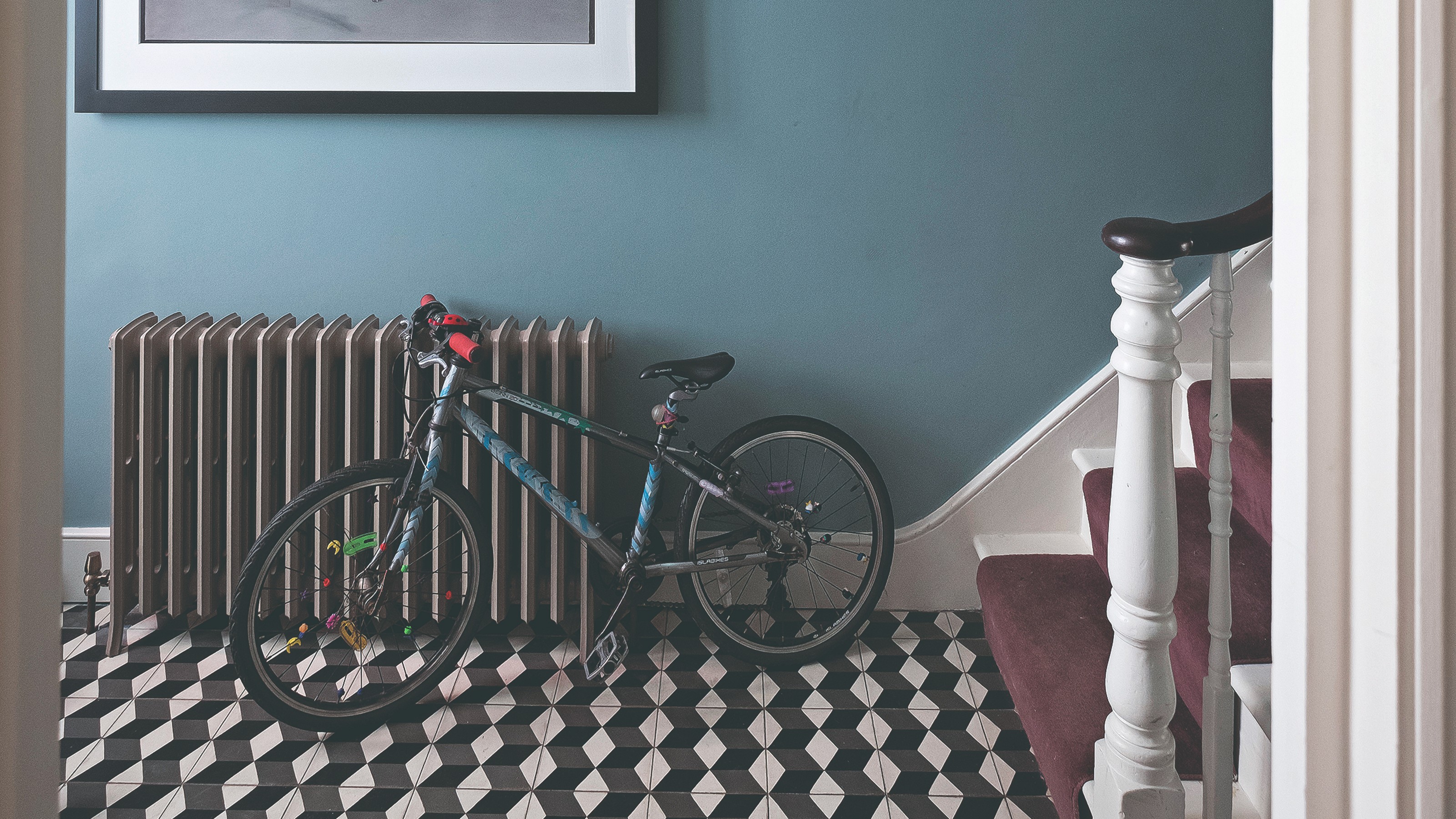
With summer having said sayonara (a bit too quickly, if you ask us), no doubt things are suddenly feeling rather chillier than they were a few weeks ago. Soon, the time of the War of the Thermostat will be upon us. But what if you could avoid that, and instead drop in some expert-approved knowledge about when to turn the heating on and, just as importantly, at what temperature.
So, then when should we be switching our central heating on? Here's what the experts advise, as well as some useful energy saving tips.
When to turn heating on - what month should you start putting the heating on?
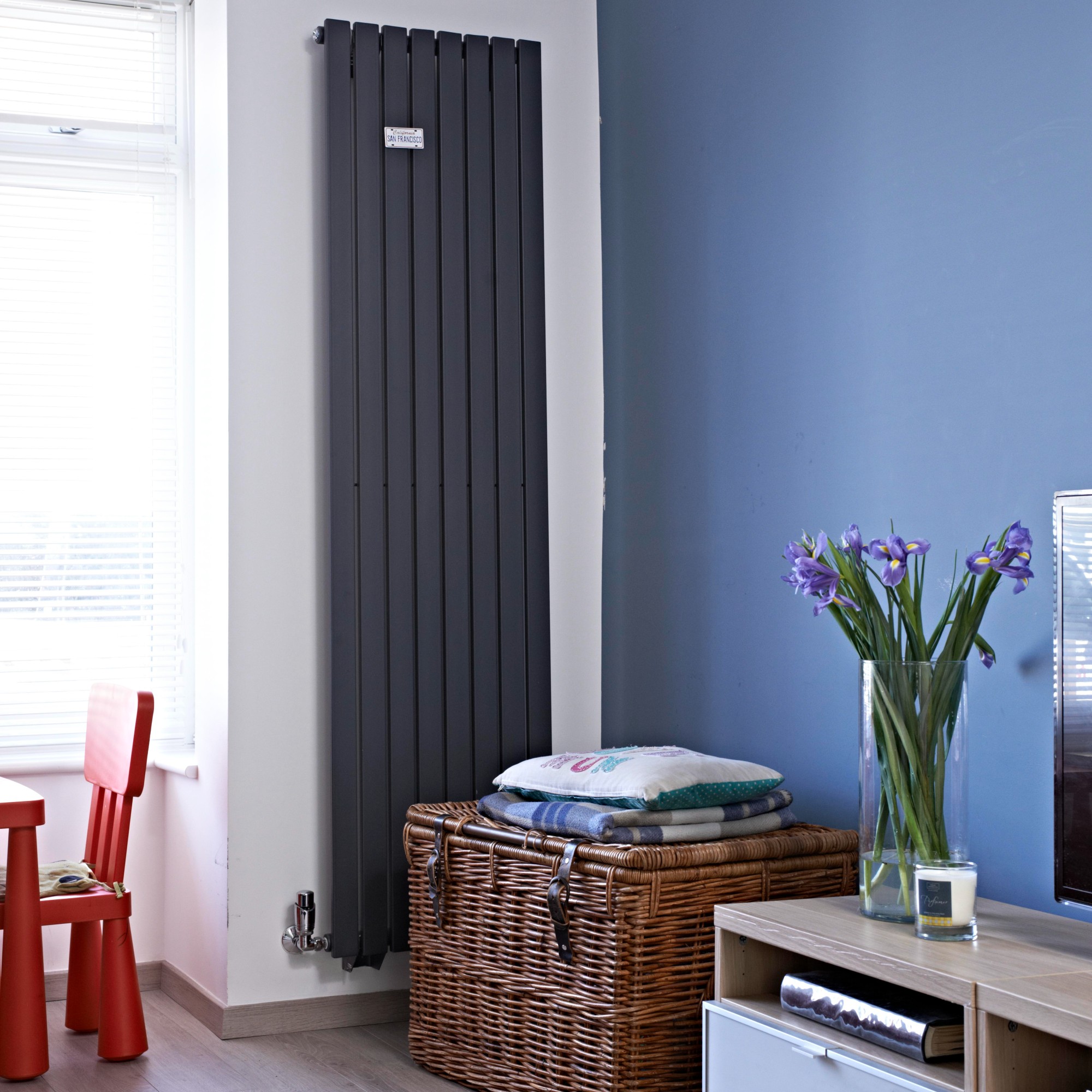
First things first - which month is best for when to turn heating on in your home? Well, this is we've got the experts on call.
'In general, it’s best to turn your heating on when the temperature outside start becoming consistently cooler and when the average outdoor temperature falls below around 15ºC,' advises Matthew Jenkins, heating expert for MyJobQuote.co.uk. 'This time usually falls between the end of September and the middle of October.'
'By the end of October, even the hardiest among us will have their central heating switched on,' notes Jess Steele, heating technology specialist at BestHeating.
So if you're wondering when to turn heating on, early-mid October seems like a sensible (and popular) choice.

Matthew has worked as a self-employed tradesman in the domestic heating industry for over fifteen years. Matthew is a gas safe engineer specialising in heating and plumbing. He also works closely with MyJobQuote to provide expert knowledge to homeowners and tradespeople.
What are the risks of turning heating on too late?
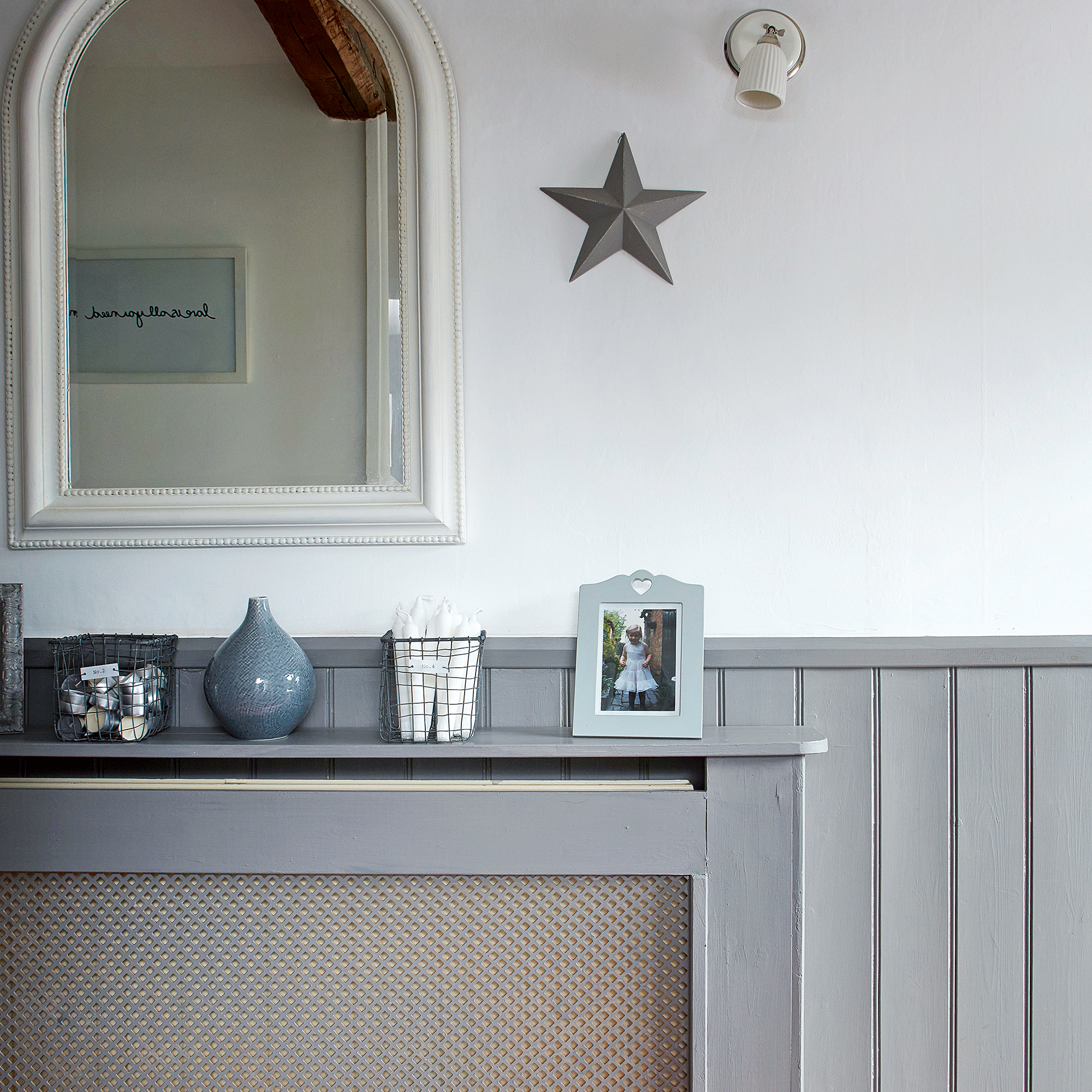
With rapidly rising energy costs, it's inevitable that many of us will want to wait until the last moment to put our central heating on. But waiting too long, or letting it get too cold before doing so, can be dangerous.
Sign up to our newsletter for style inspiration, real homes, project and garden advice and shopping know-how
Firstly, your health could be at risk. A home that is too cold could result in the worsening of respiratory diseases such as asthma. While for the elderly and those with compromised immune systems, the potential for hypothermia is exacerbated if spending too long in a home that is too cold.
Then, of course, the home itself could face damage. 'When you do turn the radiators off in your home for a prolonged period of time, you risk the possibility of damp in certain rooms. Particularly in north-facing rooms, there is a susceptibility to damp which you should be concerned about,' explains Tom Edmunds, general manager at Wunda Group.
'If you do have the radiators off you may be saving money yet all that could be wasted when you have to sort out the damp. If you do want to turn the radiators off, you should do so intermittently so the room does not smell fusty which could be a precursor to the damp appearing. You may also want to air out certain rooms by leaving the door open.'

Tom, he’s been the general manager at underfloor heating specialists Wunda Group for over 15 years, overseeing product development for the brand and becoming an expert on the heating industry in the UK in the process.
What time of the day should you turn your heating on for?
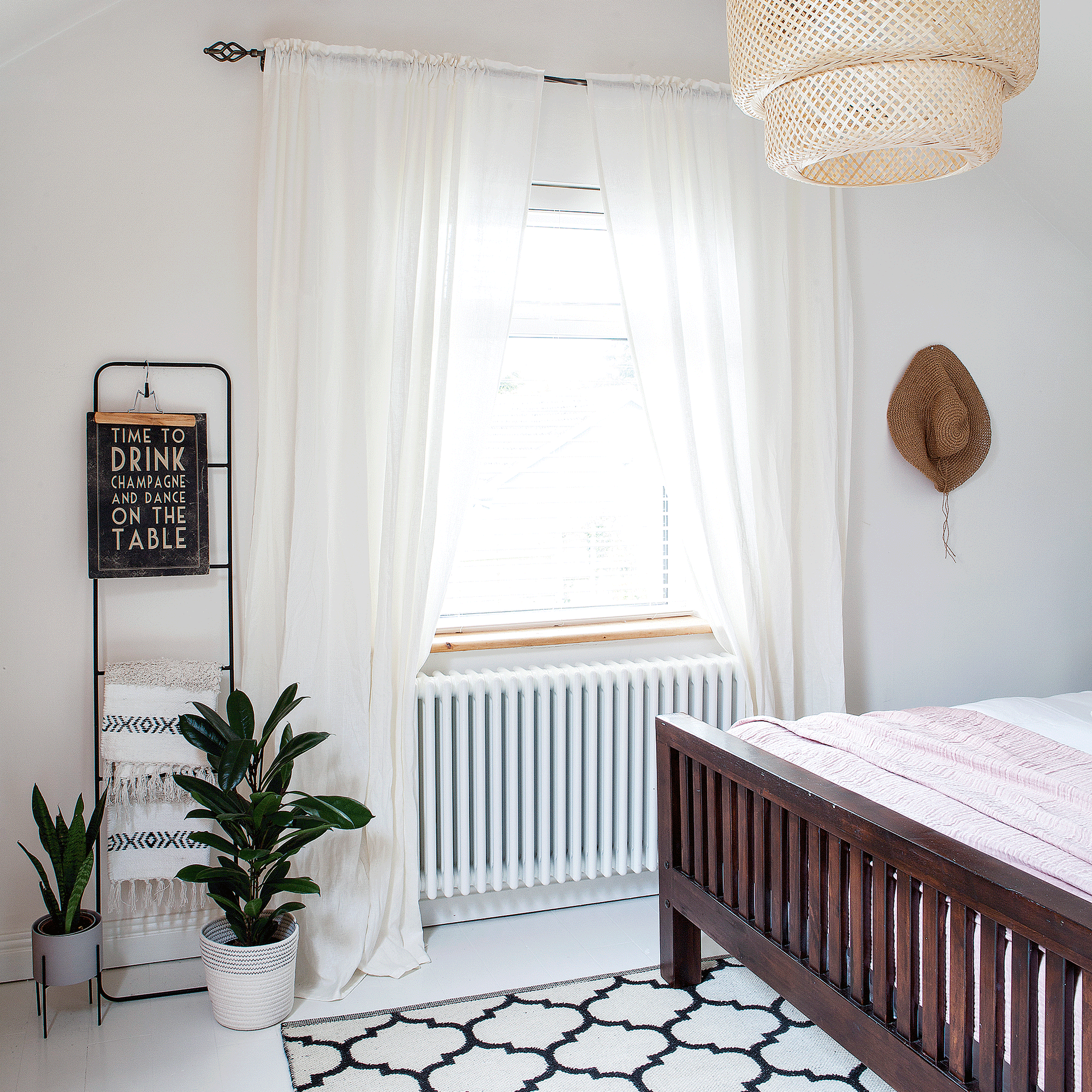
Unfortunately, as with the time of year, there's no 'one size fits all' answer, it really depends on your lifestyle.
'Leaving the heating on all day, in every single room is needlessly expensive, especially if you aren’t using every room that you are heating,' says Tom. 'If you’re having to leave the heating on all day as the rooms aren’t getting warmer or retaining heat, it would be worth determining how well insulated your home is; and finding where you can make improvements.'
'Loft or cavity wall insulation will help keep homes warmer for longer, reducing the total amount of time the heating needs to be on, which will result in less energy usage and lower bills,' advises Tom.
If you're looking for a good rule-of-thumb schedule, then it's worth investing in a smart thermostat. 'Set your thermostat so that your heating comes on roughly 30 minutes before you wake up and then set it to go off roughly 30 minutes before you go to bed,' suggests heating expert Matthew.
Should you leave heating on all night in cold weather?
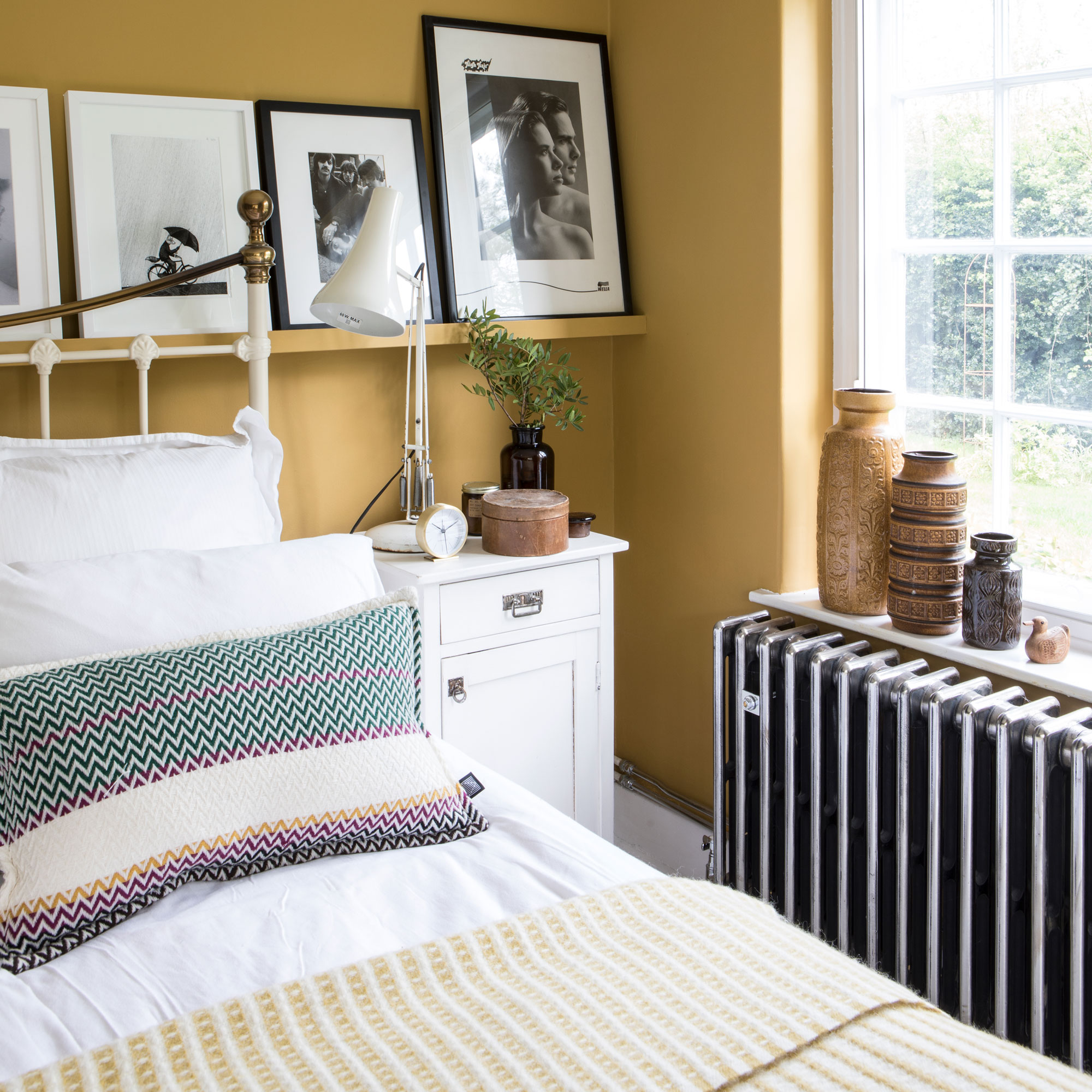
No one wants to feel cold in bed, so should you be keeping the heating off altogether?
'It’s not advisable to keep your heating on at night, unless it is particularly cold in your home,' recommends Matthew. 'When you are sleeping, you want the room to be around 16-18 degrees. When you sleep, your body temperature rises and if you are also underneath one of the best duvets, it will helps to keep you warm.'
However, if there were to be a seriously cold snap and the temperatures plummet then you may have to keep the heating on a low, but consistent run. 'During the coldest nights you could risk the pipes freezing over which could then burst and result in significant water damage,' warns Tom. 'With a huge temperature difference, you could also overwork the heating system to reach the ideal temperature which could cost you money.'
What temperature should rooms be in winter?
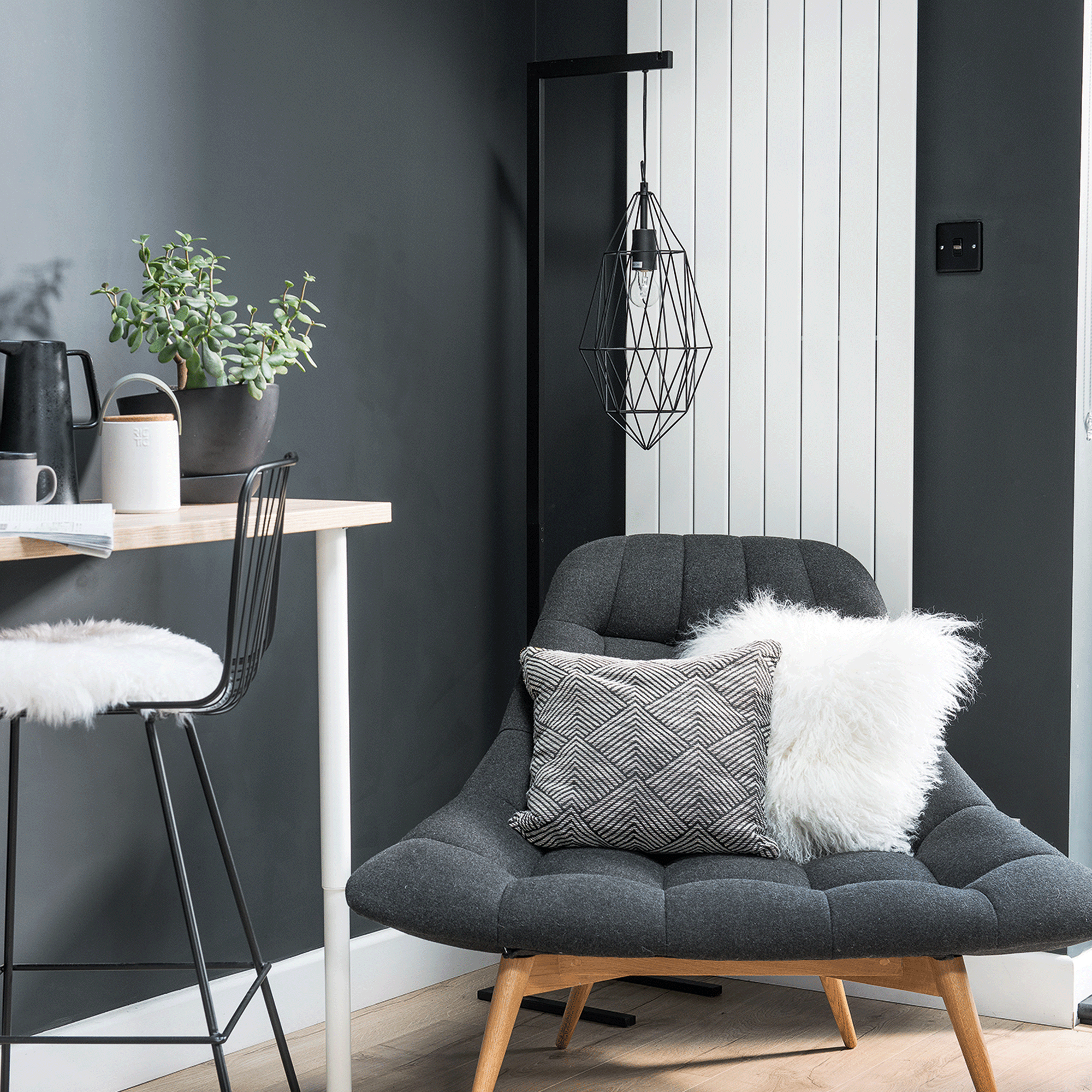
While you can set the temperature of your home to whatever you'd like, it's sensible to find a happy medium to make sure you're not wasting too much money and energy. And, of course, it should save you from having to engage in those thermostat battles.
'To save money during winter, you should set the thermostat to 20°C,' advises Tom from Wunda Group. 'This is an ideal room temperature across the home for comfort and energy efficiency. Typically, we would recommend setting your Underfloor heating manifold to between 35 and 45°C, which should give enough power to heat your rooms up to a maximum of 25º while maintaining efficiency and cost-effectiveness.'
If you have room thermostats controlling your system, the ideal temperature of a living room should be around 20 to 22°C. This is a room for relaxing, and where you sit for long periods of time, meaning it should be on the warmer side. Meanwhile, the best temperature for a bathroom or child’s bedroom should be a little warmer than that at around 22 to 24°C.'
'For optimal sleep, an adult’s bedroom should be between 16°C and 19°C and the ideal room temperature of a kitchen is also between 18°C and 20°C, due to the fluctuation in heat from cooking.'
What is the coldest you should let your house get?
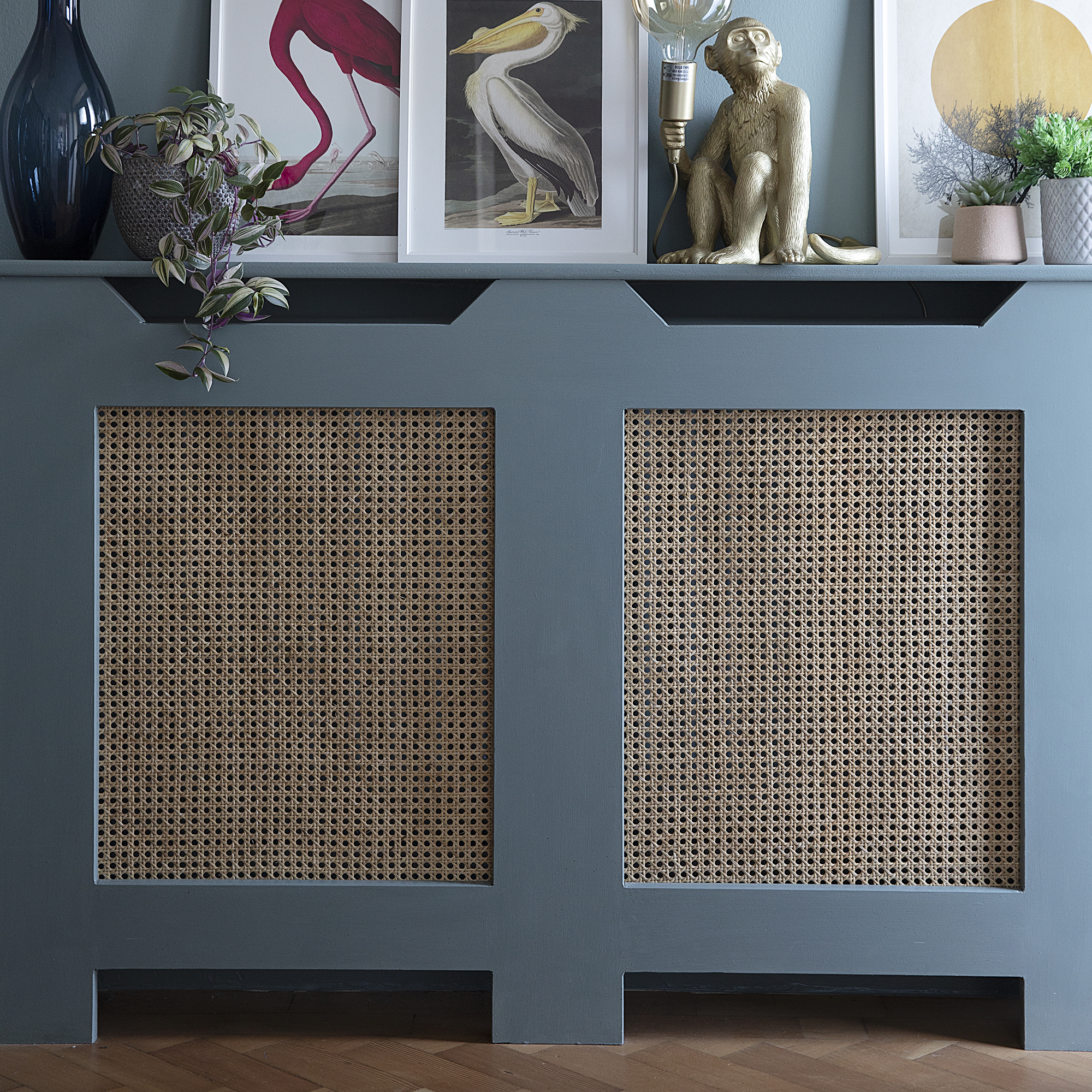
So, now we know (roughly) when to turn our heating on and what temperature we should be aiming to keep it at. But if you want to resist turning on your heating for that bit longer, or you like a cooler space but want to keep your health (and that of your heating systems) in check then it's important to know how low you can go.
'It is not advisable to allow your home to go below 18º when you are awake and between 16-18º in your bedroom when you are asleep,' advises heating expert Matthew.
'A study conducted by Public Health Wales found that exposure to temperatures of 18°C or below at home were associated with negative effects on health - especially related to heart and lung health, sleep, physical performance, and general health so it is generally advisable to set a minimum room temperature of 18°C in rooms you spend extended periods of time in,' elaborates Tom.
'However, we would also always advise not letting even unused rooms fall below 13°C as this is when the risk of mould begins to become a possibility.'
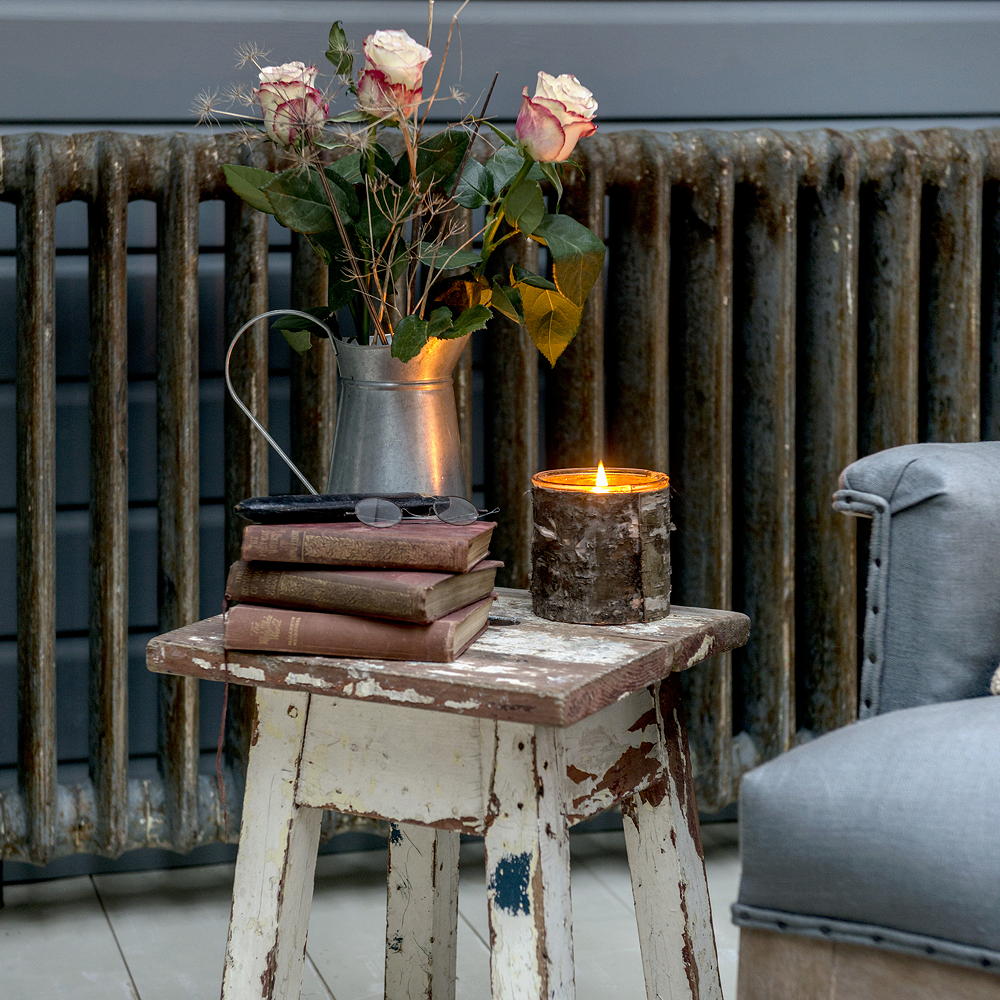
What should you do if you want – or need – to keep the heating off for as long as possible though? The main answer is to look into how to stop draughts from doors and windows. 'Budget-friendly ideas to stay warm include using draught excluders and installing heavy curtains help to keep heat in,' Ryan said. 'Covering bare floors with rugs or carpets also helps keep heat from escaping.'
Using some of the best energy-saving products can also help too. If you are just looking to warm up yourself and keep the heating as low as possible the best electric blankets are a good investment.
It's also important to ensure your home is properly insulated, as this can stop heat from escaping too quickly. 'Around a quarter of a home's heat is lost through poorly insulated roof spaces, so it’s worth checking the depth of your loft insulation,' advises Jess from BestHeating.
'The recommended depth recently increased from 200mm to between 250-270mm, so if you have an older home, get up in your loft space and check you have enough insulation.'
Knowing when to turn heating on is important, but knowing when you should turn your heating off is also vital – so take a look at our full guide on that to ensure you are prepared next year.

Thea Babington-Stitt is the Assistant Editor for Ideal Home. Thea has been working across some of the UK’s leading interiors titles for nearly 10 years.
She started working on these magazines and websites after graduating from City University London with a Masters in Magazine Journalism. Before moving to Ideal Home, Thea was News and Features Editor at Homes & Gardens, LivingEtc and Country Homes & Interiors.
- Millie HurstSenior Content Editor